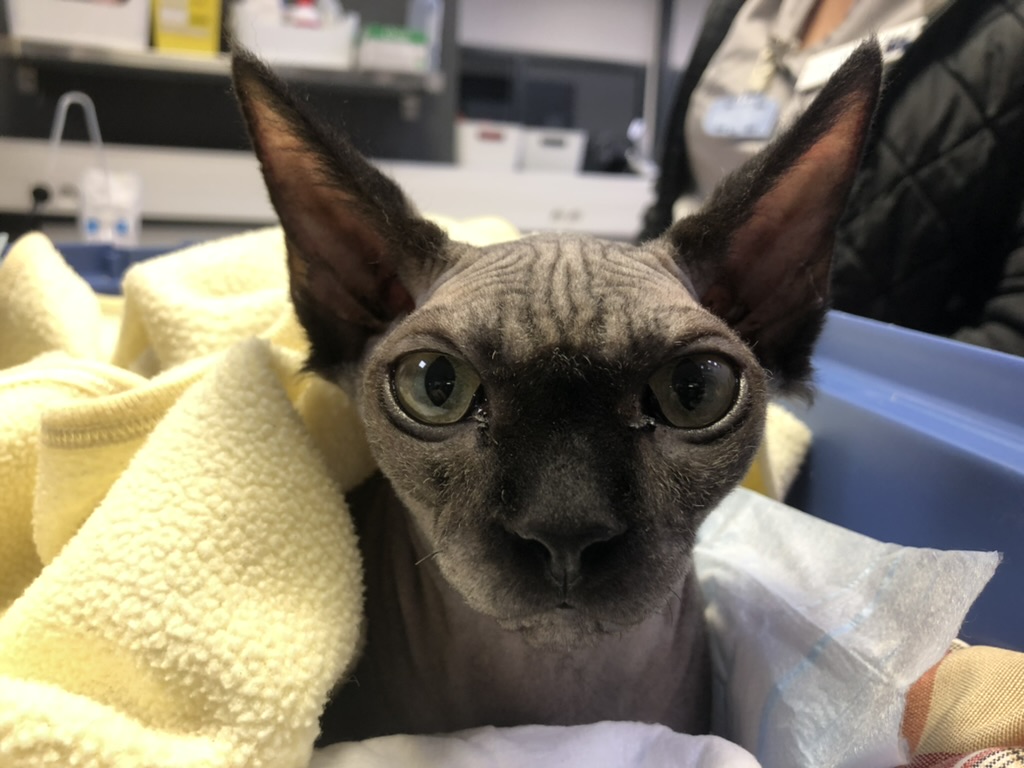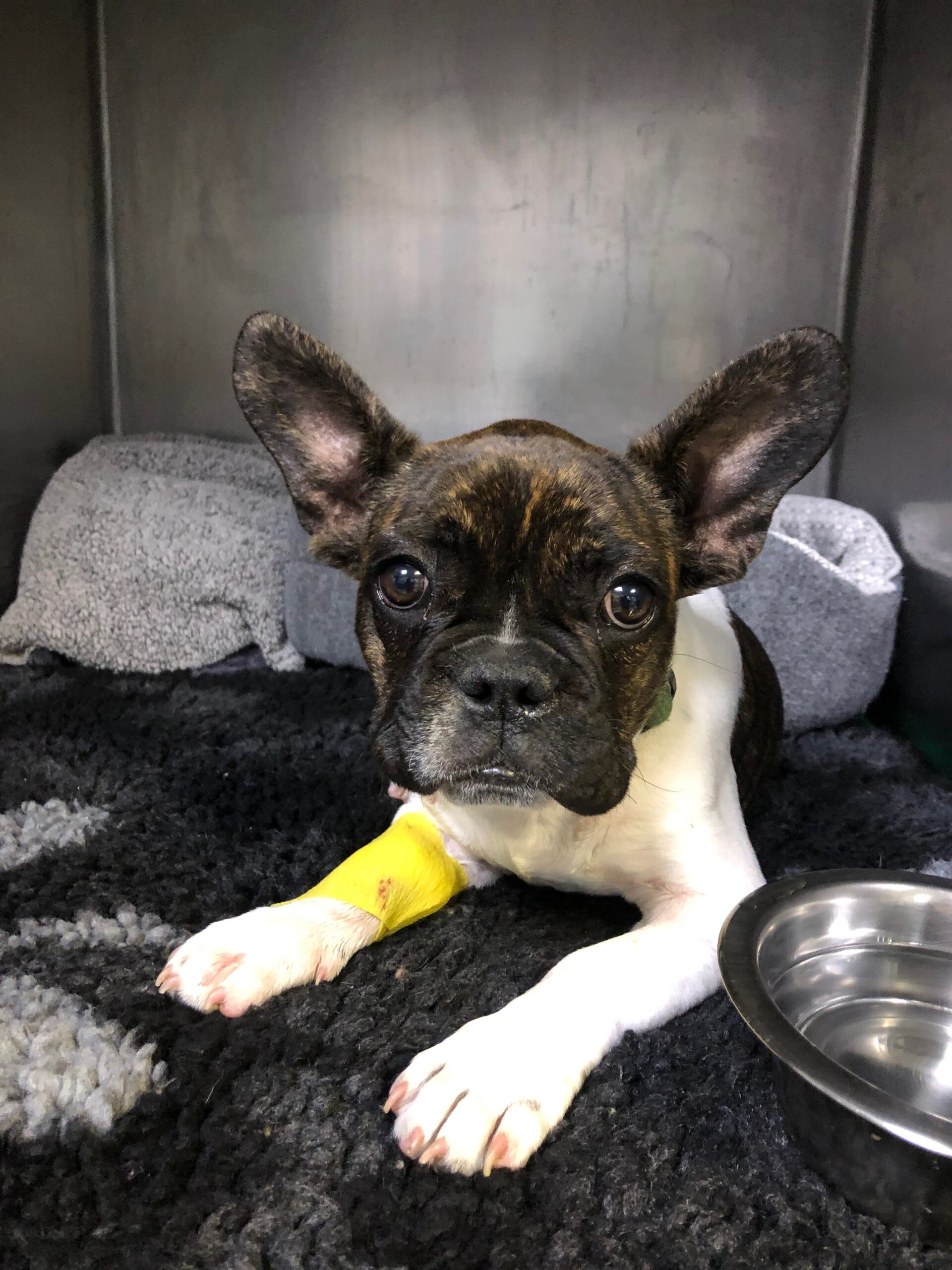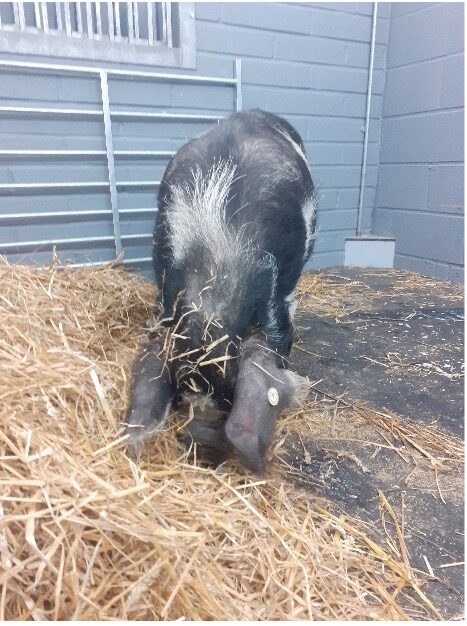Toscane, the Sphynx cat who underwent a faecal transplantation
Toscane, a 9mth old female neutered Sphynx cat
Before visiting the Specialist.
Animal Treated
Dog
Animal Condition
Gut problems causing massive weightless
Specialist(s) Required
Small Animal Internal Medicine
The story of a very thin German Shepherd called Carlton.
Before visiting the Specialist
A 3-year old German Shepherd was presented after a history of 5 weeks of vomiting and had lost 15Kg in weight (from 38Kg to 23Kg) and was very thin. His primary vet had found a problem in Carlton’s stomach and the first part of his intestine at surgery. As the dog continued to be sick and lose weight, no other options were seen to be possible.
Carlton’s Care
Carlton presented to a small animal medicine specialist as a last resort. He was bright in himself, but very thin and was sick every time he ate. He was anaesthetised and his stomach was examined with a camera (endoscope) and his abdomen was evaluated with ultrasound and x-ray. These tests revealed that Carlton had inflammation of his stomach and cessation of movement of his intestines. His immediate needs were to stop him being sick, help to get his intestines moving again and provide him with some nutrition.
He was given some long-acting injectable omeprazole, which had not previously been used in dogs and a several drugs that worked in different ways to stop him being sick. We decided to rest his intestines and provide nutrition through his vein. The local hospital formulated some IV (parenteral) nutrition to meet his needs. Giving nutrition this way is not natural and as such requires close monitoring. Our dedicated team of staff stayed with him constantly for 48 hours.
Within 24 hours he looked brighter and he had stopped being sick. At 72 hours we began feeding him again normally with a calorie dense food and weaning him off his intravenous nutrition. He was not sick again.
Carlton’s Progress
We re-examined his stomach after 2 weeks and the lesions that had been present were all gone so his omeprazole was stopped. At a check-up four weeks later, he was very well in himself and he had not been sick since going home. He was looking a little ‘porky’ so we had to change and reduce how much food he was getting!
Article provided by Gayle Hallowell
Professor in Veterinary Internal Medicine and Critical Care, University of Nottingham


